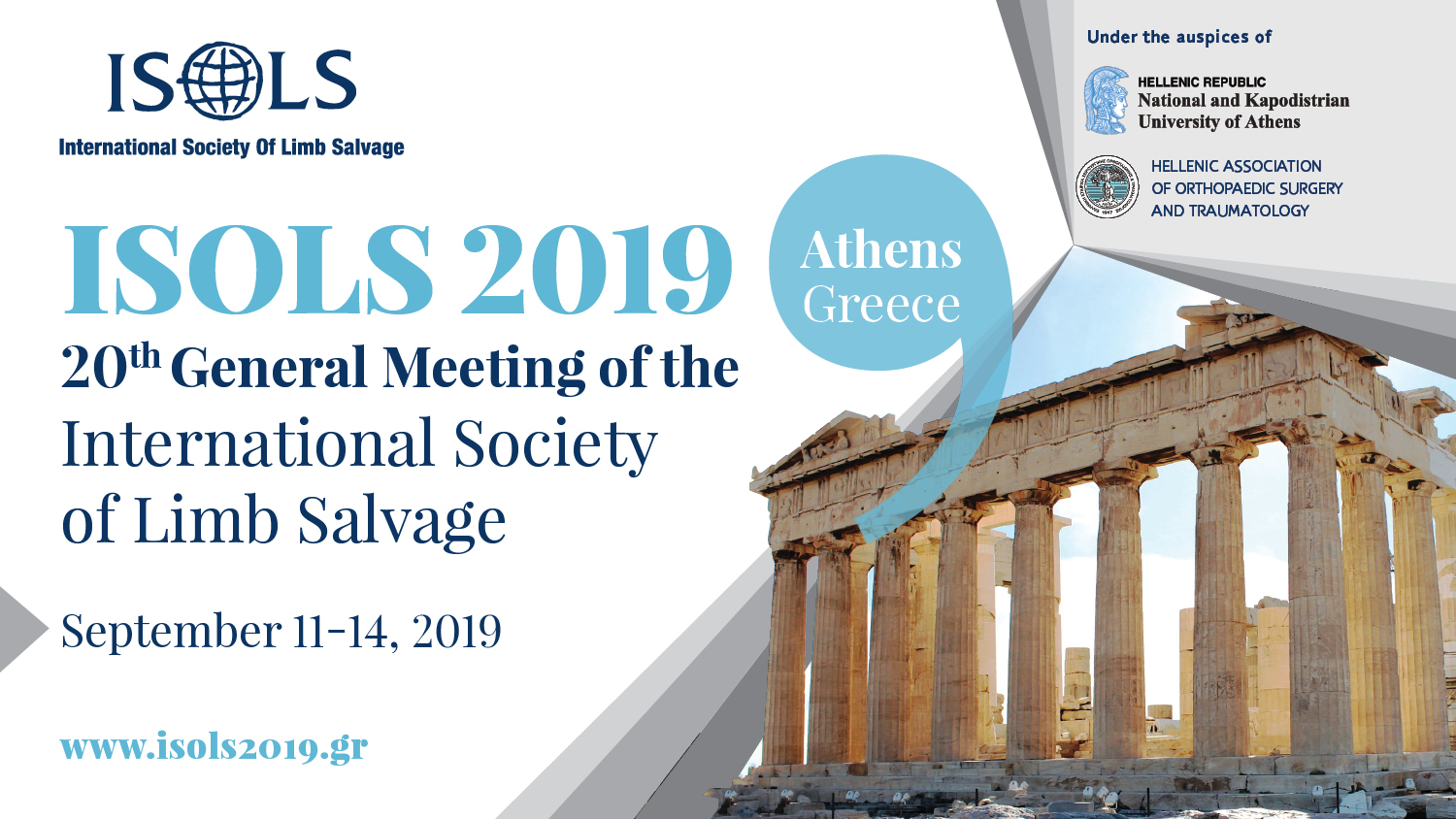Infected tumor prostheses.
Orthopedics. 2011 Dec 1;34(12):991-8. doi: 10.3928/01477447-20111021-24.
Mavrogenis AF, Papagelopoulos PJ, Coll-Mesa L, Pala E, Guerra G, Ruggieri P.
Infection of tumor prostheses has been a major concern because of the extensive soft tissue dissection, long operating times, and patients' immunosuppression by cancer and adjuvant treatments. Infections most often present within 2 years postoperatively, with approximately 70% of postoperative deep infections presenting within 12 months after surgery. They are typically low organism burden infections, the pathogenesis of which is related to bacteria growing in biofilms. Staphylococci are the most common pathogens involved in prosthetic joint infections, accounting for approximately 50% of infections overall, followed by streptococci, enterococci, Enterobacteriaceae species, Pseudomonas aeruginosa, and anaerobe species. Multiple pathogens may be isolated in approximately 25% of cases, with the most common combination being coagulase-negative Staphylococcus and group-D Streptococcus. Early diagnosis and appropriate treatment are necessary. However, diagnosis may be challenging because clinical symptoms are highly variable and numerous preoperative and intraoperative diagnostic laboratory tests are nonspecific. In most cases, a 1- or 2-stage revision surgery is necessary for eradicating the megaprosthetic infection. Prevention of infection is important. The future will see technical advances for infections of tumor prostheses in areas such as microbiological diagnostics and biofilm-resistant prostheses.
Mavrogenis AF, Papagelopoulos PJ, Coll-Mesa L, Pala E, Guerra G, Ruggieri P.
Infection of tumor prostheses has been a major concern because of the extensive soft tissue dissection, long operating times, and patients' immunosuppression by cancer and adjuvant treatments. Infections most often present within 2 years postoperatively, with approximately 70% of postoperative deep infections presenting within 12 months after surgery. They are typically low organism burden infections, the pathogenesis of which is related to bacteria growing in biofilms. Staphylococci are the most common pathogens involved in prosthetic joint infections, accounting for approximately 50% of infections overall, followed by streptococci, enterococci, Enterobacteriaceae species, Pseudomonas aeruginosa, and anaerobe species. Multiple pathogens may be isolated in approximately 25% of cases, with the most common combination being coagulase-negative Staphylococcus and group-D Streptococcus. Early diagnosis and appropriate treatment are necessary. However, diagnosis may be challenging because clinical symptoms are highly variable and numerous preoperative and intraoperative diagnostic laboratory tests are nonspecific. In most cases, a 1- or 2-stage revision surgery is necessary for eradicating the megaprosthetic infection. Prevention of infection is important. The future will see technical advances for infections of tumor prostheses in areas such as microbiological diagnostics and biofilm-resistant prostheses.

